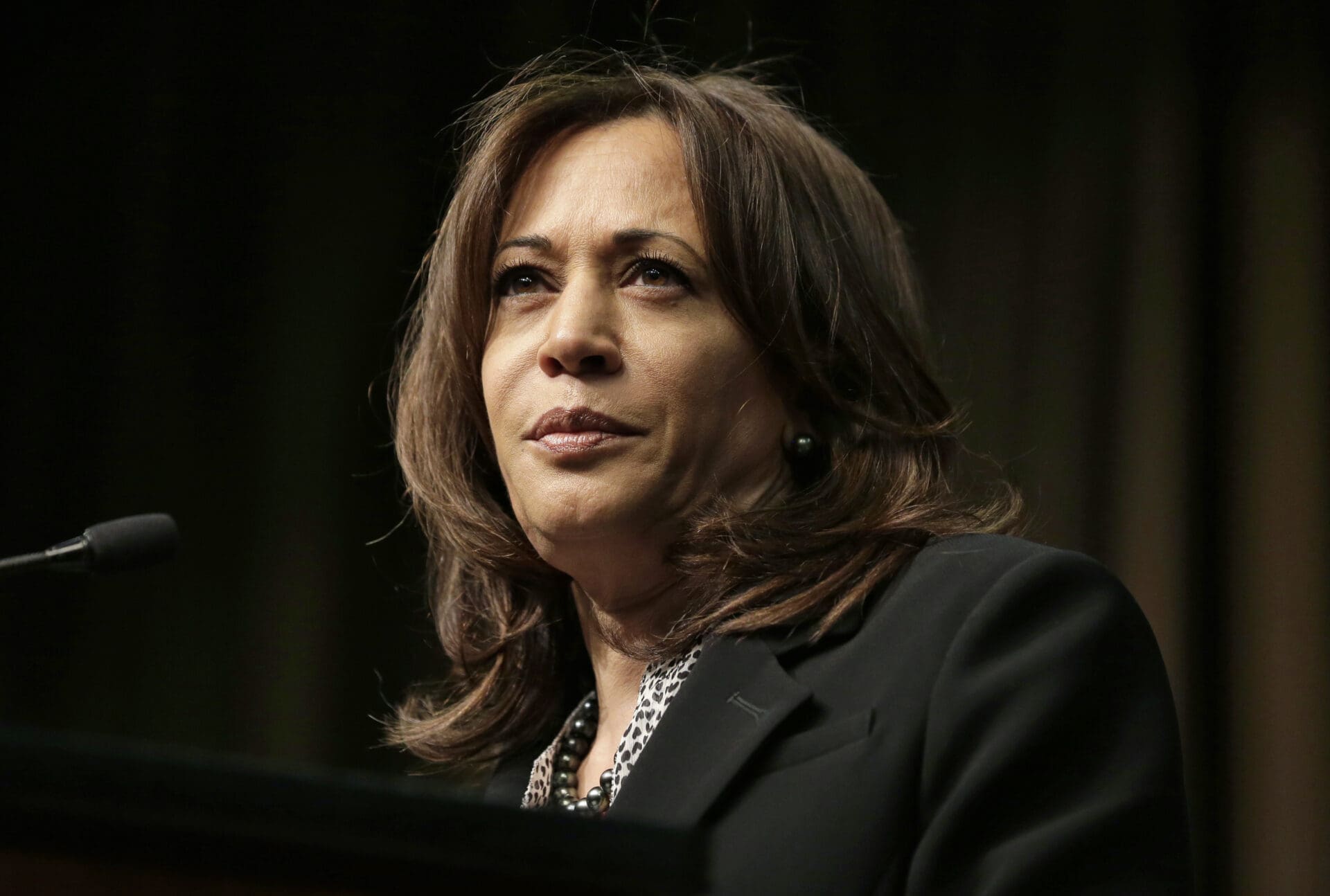Inspired by its success with land mines, various groups within the United Nations are busy creating a Small Arms Treaty. The international body is devising a legislative framework for the international trade in small arms and light weapons that’s not a million miles away from America’s International Traffic in Arms Regulations (ITAR). Bottom line: the U.N. Small Arms Treaty is about preventing illegal trade in military small arms—not dictating to whom civilian arms may be sold or calling for their collection and destruction. In other words . . .
At this point, despite gun rights groups’ [fund-raising] hysteria, the U.N. Small Arms Treaty is not a gun grab. So far, the Obama administration has maintained its predecessor’s steadfast opposition to any U.N. plans to curtail private gun ownership. Rest assured that private organizations with a dog in the fight (e.g. American small arms manufacturers) are keeping a watchful eye on the Treaty, of which no draft has yet been written. Meanwhile, we’ve been given the heads-up on a more insidious project, the REAL U.N. gun grab . . .
I present the International Small Arms Control Standards (ISACS). This branch of the United Nations (it’s a big ass tree) is NOT generating a treaty subject to members’ general ratification. Project Coordinator (Conventional Arms Branch) Tak Mashiko described its nature, genesis and mission in a Small Arms Advisory Network forum posting back in ’08.
The UN Coordinating Action on Small Arms (CASA) has decided to embark upon developing international small arms control standards (ISACS), just as the UN system has done with landmines (the International Mine Actions Standards) and DD&R (IDDRS). The ISACS should be characterized as a non-legally binding informal UN document, consistent with the ISO format and language.
The ISACS could be defined as: “A document that identifies internationally accepted and validated standards for the control of SALW proliferation through the establishment of rules, guidelines, policies, practices and procedures and that were agreed and adopted by the Coordinating Action on Small Arms”. It is envisaged that the process to develop the ISACS will launch during the upcoming the Biennial Meeting of States (14 – 18 July 2008, New York).
And so it was, with Dr. Patrick McCarthy taking the reins, as he announced on the aforementioned forum.
Regarding my own background, I’ve spent the last 8 years working with the Geneva Forum [“Promoting the implementation of arms control and disarmament agreements”] primarily supporting efforts to implement the UN Programme of Action on small arms. Before that, I worked on conflict prevention and post-conflict recovery projects with the OSCE in Kosovo and with the International Peace Bureau.
So not exactly a gun rights kinda guy, then.
Anyway, here’s the smoking gun, under “Operational Support” for Small Arms Light Weapons (SALW) in The UN Coordinating Action on Small Arms’ 2008 Summary Report, page 21 (download pdf here). The ISACS sees its remit as . . .
• SALW baseline surveys
• SALW collection
• SALW destruction
• Stockpile management and security: Weapons
• Stockpile management, security and safety: Ammunition
• Identifying surplus SALW
• Marking, record-keeping and tracing of SALW
• Border controls and law enforcement cooperation
• International cooperation and assistance (including financial & technical assistance
• National Action Plans
As a product of a UN bureaucracy, it’s difficult for a single nation to block ISACS’ protocols. Their developing anti-gun agenda doesn’t have force of law like a treaty, but it’s easy for a small subgroup to write, bless and publish without significant member state input. The guidelines can then be held up as “what the UN recommends,” which gives it powerful sway over a nation state’s legislators.




